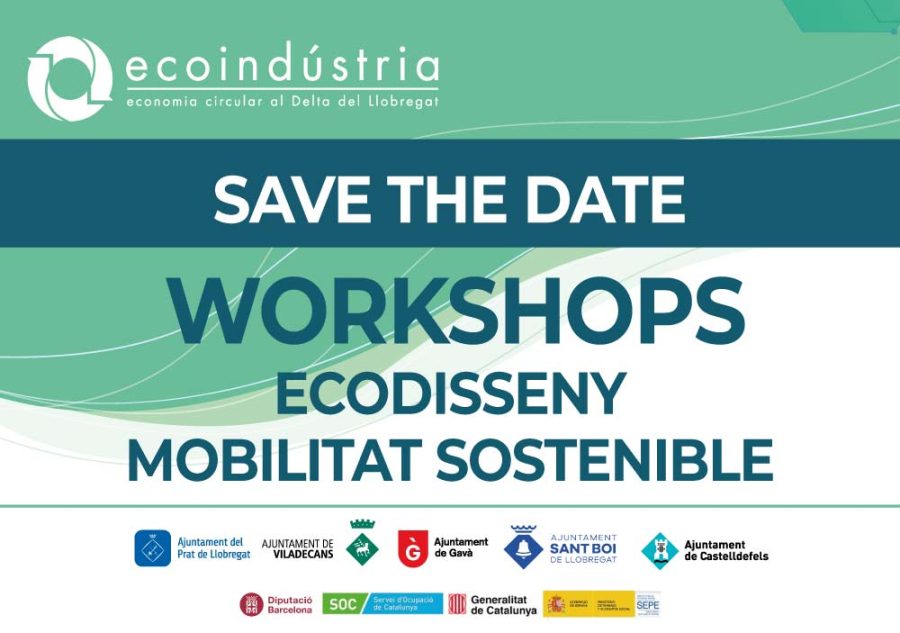So far, actions to stimulate the development of a circular economy in Europe have focused on production, encouraging industries to establish circular business models and providing the market with solutions that comply with this approach. Today, the conditions are in place to involve consumers in this process and allow them to make sustainable decisions in their daily purchases, explains a report from Cease adopted in July.
In this report entitled "Consumers in the circular economy", the EESC calls for a strategic reorientation at a European, national and local level that solidly promotes new models of circularity, not only enhancing the alignment of all actors, but also placing consumers at the center of public policies.
To date, numerous studies, proposals and opinions have been carried out on the transition from a linear to a circular economy, focusing on production and barely addressing the role of the consumer, a key player in facing the challenges of the circular economy. The EESC observes that as a starting point, a strong gap is evident between the claims of the consumer, who is very sensitive to social and environmental challenges, and their behavioral guidelines, crossed by the low cost phenomenon, which often prioritizes the price factor (without internalizing in its formation the effect of negative externalities) to the integral quality of the product or service.
According to the opinion of the EESC, the institutions of the Union are putting the focus of the circular economy on the environmental and productive, and barely on the social and consumerist, with the consequent risk of being transiting circularly layer another economy linear Also according to the EESC, it is time for the circular economy 2.0 to move to the consumer side, said the EESC speaker, Carlos Trias Pintó, who urges the European Commission to use its future initiatives to play a pioneering role in this transition.
For this second phase, he says, consumer information will play a decisive role. Studies show that, although consumers are aware of their social and environmental problems, the price of a product or service often has more weight in their decision and are essential factors to guide them towards circular behavior patterns. Therefore, it is necessary to establish mechanisms to educate and train them throughout their lives, as well as to provide them with the most objective information possible.
The EESC advocates optional labeling as a first step towards mandatory labelling, in order to indicate the social and environmental footprint of the product in question, i.e. its performance in terms of reducing emissions, the conservation of biodiversity, the efficient use of resources or the non-use of components with a high environmental impact, their useful life points to the urgent need to improve the eco-design of products. However, although the information and education can do much to steer consumers towards green, repairable and sustainable products, many people will not be able to buy them. As an incentive, the EESC suggests that member states have the option to adopt a virtuous reward approach and that local governments can use public procurement to support sustainable suppliers.
Among its proposals to give greater prominence to consumers in circular economy models, the EESC also includes:
- Boosting employment sites linked to reuse, repair and recycling activities with high added value (suprareciclatje), within the framework of the strategy for a single digital market.
- Information campaigns aimed at consumers with special emphasis on young people related to economic models of sustainable production and consumption, incorporating various nudging strategies and considering cultural and idiosyncratic factors.
- Recognition to municipalities, educational centers, universities and other institutions that incorporate consumer participation protocols in circular economy actions through bottom-up models.
- Promotion of local consumer networks, prosumo and make or do it yourself practices.







